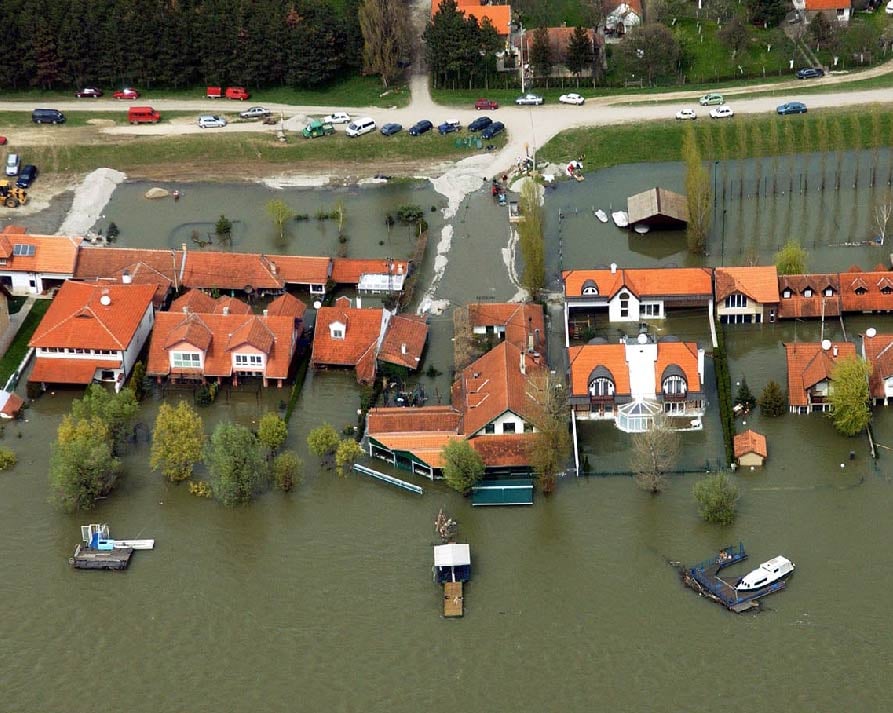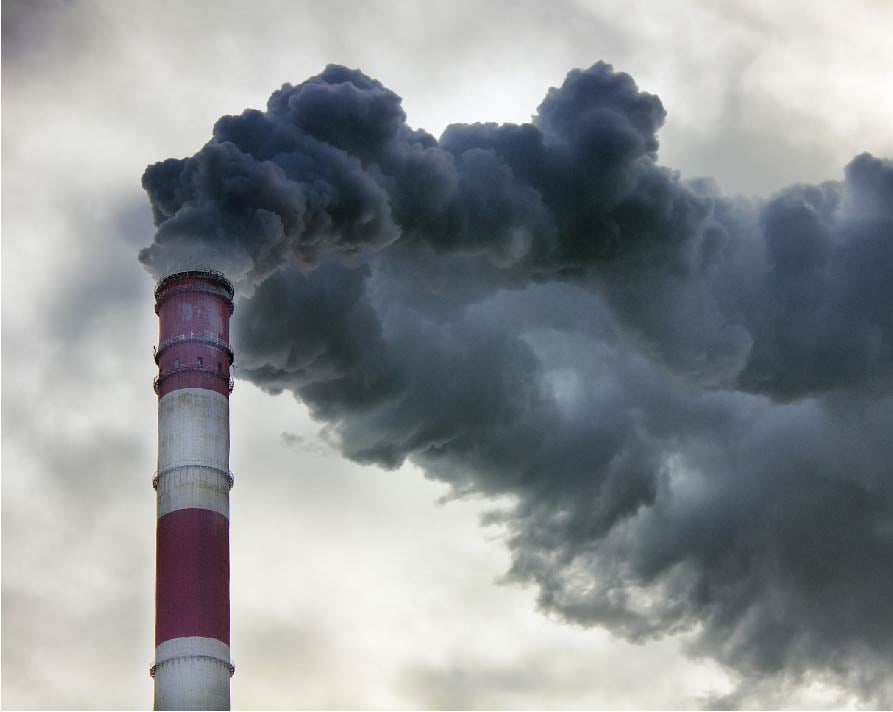Environment at a Glance - OECD Indicators

Environment at a Glance
Environment at a Glance is the OECD platform for environmental indicators. It gives access to the most recent data through interactive graphics and provides key messages on major environmental issues. The indicators shown provide a tool to track environmental performance and progress towards sustainable development.
READ MORE

Country profiles
Environment at a Glance: Country Profiles feature selected environmental indicators from the OECD Core Set, including a few indicators on countries’ socio-economic context to facilitate interpretation. They show the progress that countries have made in addressing environmental issues, including climate change, air quality, waste and the circular economy, water management, and biodiversity conservation.
©OECD
DISCOVER COUNTRY SPECIFIC DATASpotlight on climate
International Programme for Action on Climate (IPAC)
The OECD International Programme for Action on Climate (IPAC) supports country progress towards net-zero greenhouse gas (GHG) emissions and a more resilient economy by 2050.
Through regular monitoring, policy evaluation and feedback on results and best practices, IPAC helps countries strengthen and co-ordinate their climate action. It complements and supports the UNFCCC and the Paris Agreement monitoring frameworks.
» Find indicators and country data on the Climate Action Dashboard
Indicators by theme

Climate change
Climate change affects ecosystems, water resources and human activity, with significant consequences for human well-being and economic output. The indicators here show greenhouse gas and carbon emissions, developments in energy supply and fossil fuel subsidies.
©OECD
ACCESS DATA AND KEY MESSAGES
Air quality
Changes in air quality affect human health and cause severe environmental damage, with economic and social consequences. The indicators here show emissions of selected air pollutants (SOx, NOx, PM 2.5), human exposure to fine particulates in the air and related mortality rates and costs.
©OECD
ACCESS DATA AND KEY MESSAGES
Freshwater resources
Freshwater resources are of major environmental, economic and social importance. Ensuring their sustainable management is key to avoid overexploitation and degradation. The indicators here show freshwater abstractions and water stress levels, and connection rates to wastewater treatment plants.
©OECD
ACCESS DATA AND KEY MESSAGES
Waste and materials
Material resources form the physical foundation of the economy. Their extraction and use has environmental, economic and social consequences in countries and beyond national borders. Sustainable materials management is key to avoid that valuable materials end up as waste. The indicators here show material consumption and related footprints, as well as waste generation and treatment of municipal waste.
©OECD
ACCESS DATA AND KEY MESSAGES
Biological resources and biodiversity
Biological diversity plays an essential role in maintaining life-support systems and quality of life, and provides key resources and services for the economy. Its preservation is key to a sustainable development. The indicators here show threatened species, protected areas, forest resources and land cover.
©OECD
ACCESS DATA AND KEY MESSAGES
Ocean resources
The ocean is vital for human activities and well-being. Reducing marine pollution and plastic litter, and managing ocean resources sustainably is crucial for preserving marine ecosystems and maintaining their economic value. The indicators here show coastal urbanisation, CO2 emissions from international marine bunkers, technological innovation, marine and coastal protected areas, ocean-related taxes and fossil fuel support.
©OECD
ACCESS DATA AND KEY MESSAGESDive into the indicators
Learn how to play with the data
Watch the video to find out how you can use our statistical database.
Circular economy trends
Myriam Linster of the OECD Environment Directorate presents recent trends on the circular economy in OECD countries.
Climate change trends
Sarah Miet of the OECD Environment Directorate presents recent trends on climate change in OECD countries.
Access OECD environmental data
To see historical data, create your own datasets and download environmental indicators visit stats.oecd.org.
For more, also see the OECD Data Portal.